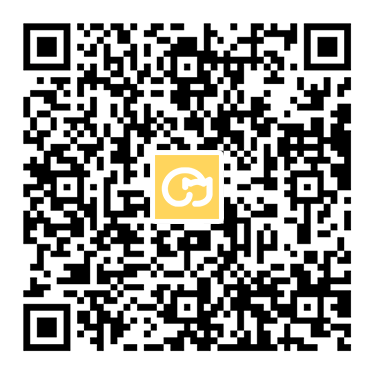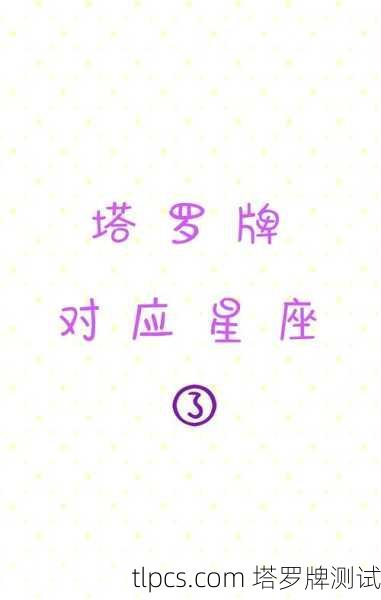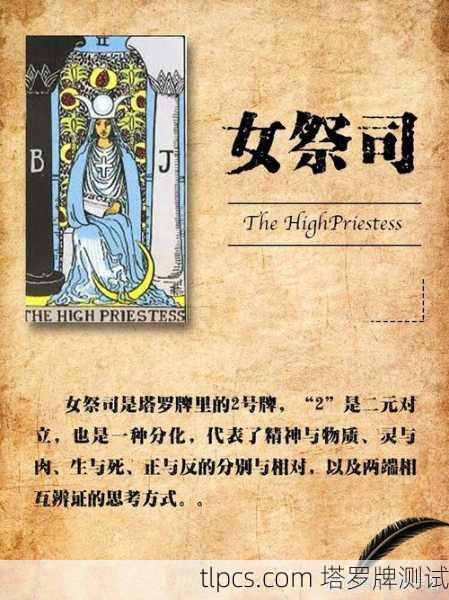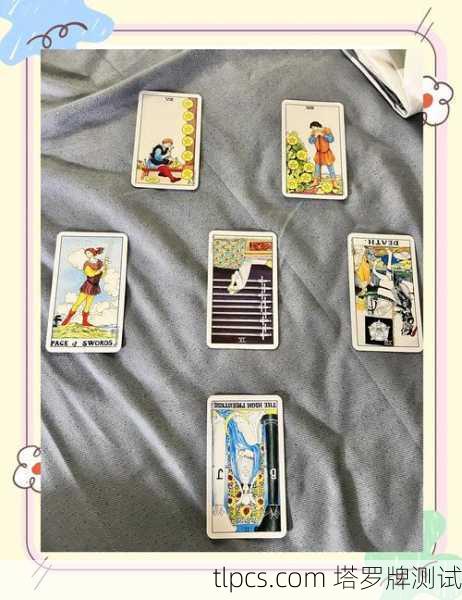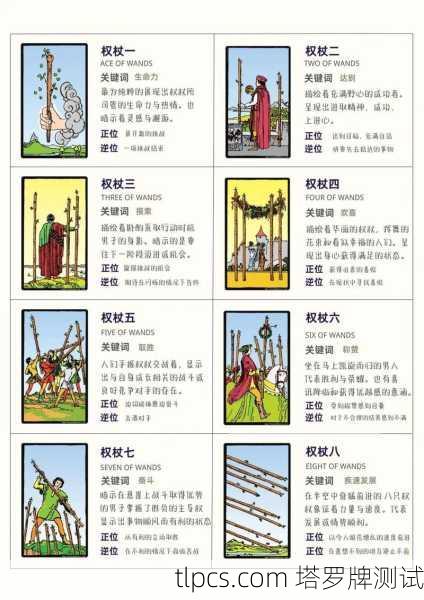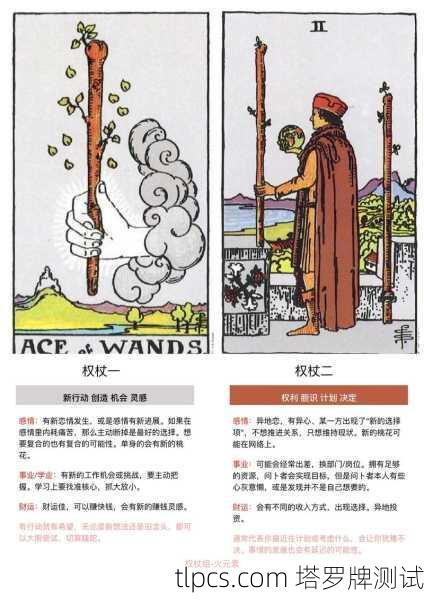《Unlocking Language and Intuition: The Power of Tarot-Inspired English Learning Software》探讨了一种创新的语言学习工具——将塔罗牌的直觉思维与英语学习相结合的软件,该软件通过塔罗牌的象征性图像和开放式问题,激发学习者的联想与创造力,从而打破传统机械记忆的局限,提升语言学习的深度与趣味性,研究表明,这种跨学科方法不仅能增强词汇记忆和语境理解,还能培养学习者的批判性思维和文化敏感度,文章分析了软件的设计原理、用户反馈及潜在应用场景,指出其通过“隐喻学习”和“叙事构建”帮助用户建立个性化的语言网络,尤其适用于高阶学习者突破学习瓶颈,这一融合心理学与语言学的实践,为数字化教育提供了新思路。
Introduction
In the digital age, language learning has evolved beyond traditional textbooks and classroom settings. Innovative tools now blend education with creativity, making the process more engaging and personalized. One such groundbreaking approach is the integration of Tarot cards into English language learning software. This unique fusion not only enhances vocabulary and conversational skills but also taps into the intuitive and reflective aspects of learning.
This article explores how Tarot-inspired English speaking software can revolutionize language acquisition, offering a fresh perspective on fluency, self-discovery, and communication.
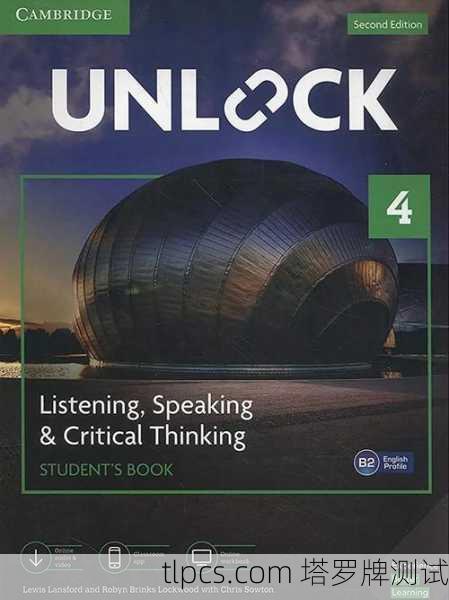
The Concept: Merging Tarot with Language Learning
What is Tarot-Inspired English Learning?
Tarot cards, traditionally used for divination and self-reflection, contain rich symbolism and narratives. A Tarot-based English learning app leverages these elements to create interactive speaking exercises. Users draw virtual cards, interpret their meanings, and engage in guided conversations based on the themes presented (e.g., "The Fool" for new beginnings or "The Tower" for unexpected challenges).
Why Does It Work?
- Engagement: Unlike rote memorization, Tarot prompts encourage storytelling and critical thinking.
- Personalization: The cards reflect personal experiences, making conversations more relevant.
- Cultural Insight: Tarot introduces learners to Western symbolism and idiomatic expressions.
Key Features of Tarot-Based English Speaking Software
Interactive Card Draws for Conversation Starters
Users "pull" a virtual Tarot card, which presents a theme (e.g., "The Lovers" for relationships). The app then generates discussion questions like:

- "How would you describe a perfect partnership?"
- "What challenges do people face in relationships?"
This method encourages spontaneous speaking practice while expanding vocabulary.
AI-Powered Role-Playing
Advanced AI chatbots simulate Tarot readers or characters from the cards (e.g., speaking as "The Magician" to teach persuasive language). Learners practice dialogues in a low-pressure, imaginative setting.
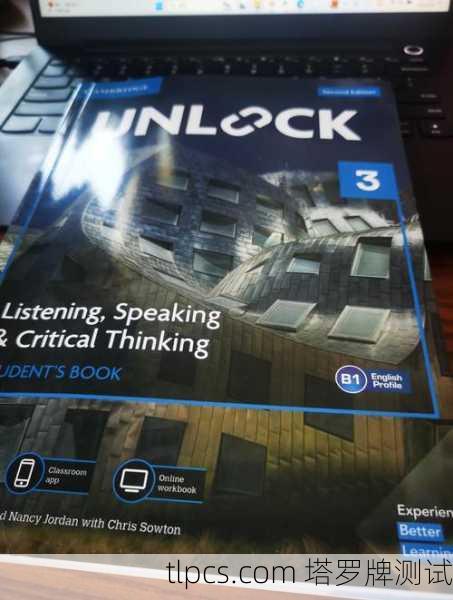
Vocabulary Building Through Symbolism
Each card introduces themed words:
- "Strength" → resilience, courage, perseverance
- "Death" → transformation, change, rebirth
Flashcards and quizzes reinforce these terms in context.
Reflective Journaling Prompts
Writing exercises tied to card meanings help learners articulate thoughts in English. For example:
- "The Hermit suggests solitude. Write about a time you learned something alone."
This boosts both writing fluency and self-expression.
Pronunciation & Intonation Practice
The app analyzes speech patterns as users read card interpretations aloud, offering feedback on clarity and rhythm.
Benefits of Learning English Through Tarot
Enhanced Creativity and Critical Thinking
Instead of generic dialogues ("At the restaurant"), Tarot prompts abstract discussions ("What does 'The Star' mean to you?"), fostering deeper cognitive engagement.
Emotional Connection to Language
Learners associate words with personal stories, improving retention. For example, "The Tower" might evoke memories of sudden life changes, anchoring vocabulary emotionally.
Reduced Speaking Anxiety
The mystical, game-like element makes practice feel less like a test and more like an exploration.
Cross-Cultural Fluency
Tarot’s roots in European history expose learners to Western metaphors (e.g., "crossing the River Styx" as a symbol of transition).
Case Study: A User’s Journey with Tarot English
Maria, an intermediate English learner, struggled with conversational confidence. Using a Tarot language app, she:
- Drew "The Chariot" (representing determination).
- Discussed career goals with the AI ("What drives you forward?").
- Learned words like "ambition" and "persistence."
- Recorded herself interpreting the card, improving pronunciation.
After three months, Maria reported feeling more fluent and introspective in English.
Potential Challenges & Solutions
Skepticism About Tarot
- Solution: Frame the app as a storytelling tool, not a belief system.
Limited Vocabulary for Beginners
- Solution: Offer simpler card interpretations and tiered difficulty levels.
Over-Reliance on Metaphors
- Solution: Balance Tarot exercises with practical dialogues (e.g., job interviews).
The Future of Tarot in Language Tech
As AI advances, we might see:
- Augmented Reality (AR) Tarot readings with real-time translation.
- Multiplayer modes where learners discuss cards in group chats.
- Custom decks tailored to professions (e.g., business English with "The Entrepreneur" card).
Conclusion
Tarot-inspired English learning software bridges language acquisition and personal growth, transforming fluency into an intuitive, creative journey. By merging the ancient art of Tarot with modern technology, these tools offer a dynamic way to speak, reflect, and connect—one card at a time.
Whether you’re a language learner seeking innovation or a educator exploring new methods, the magic of Tarot-infused English practice promises a path to deeper communication and self-discovery.

